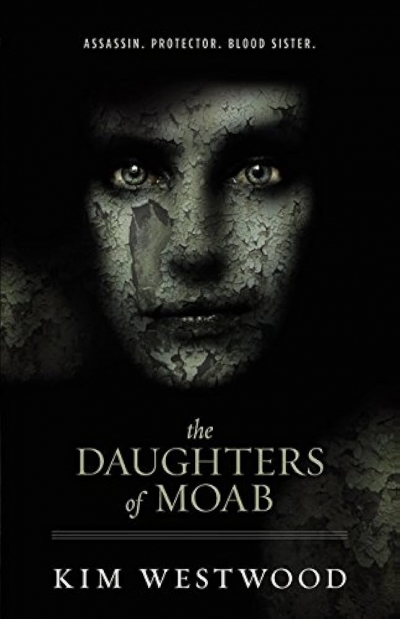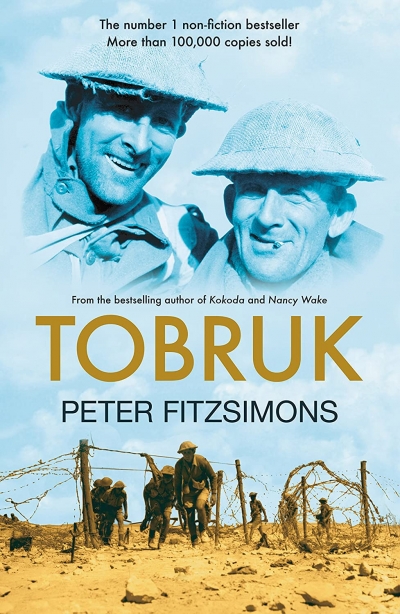HarperCollins
John Howard and Tony Blair both came to the prime ministership in landslides, Howard in 1996, Blair in 1997. They were on opposite sides of the traditional political divide, Howard leading a Liberal Party opposed to Australian Labor and Blair leading the British Labour Party ...
... (read more)Captain Bullen’s War: The Vietnam War diary of Captain John Bullen edited by Paul Ham
by Elisabeth Holdsworth •
The Independence of Miss Mary Bennet by Colleen McCullough
by Adrian Mitchell •









